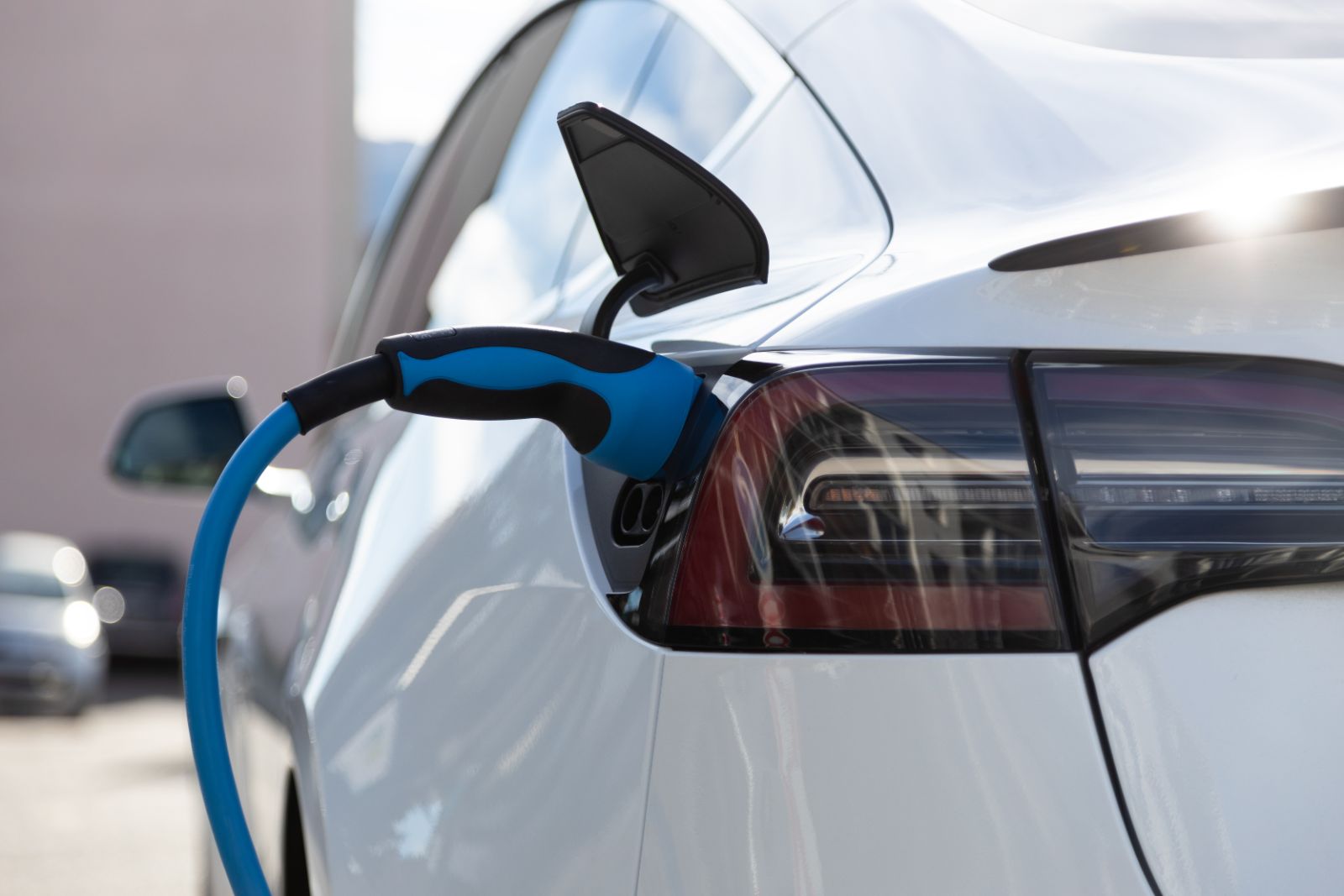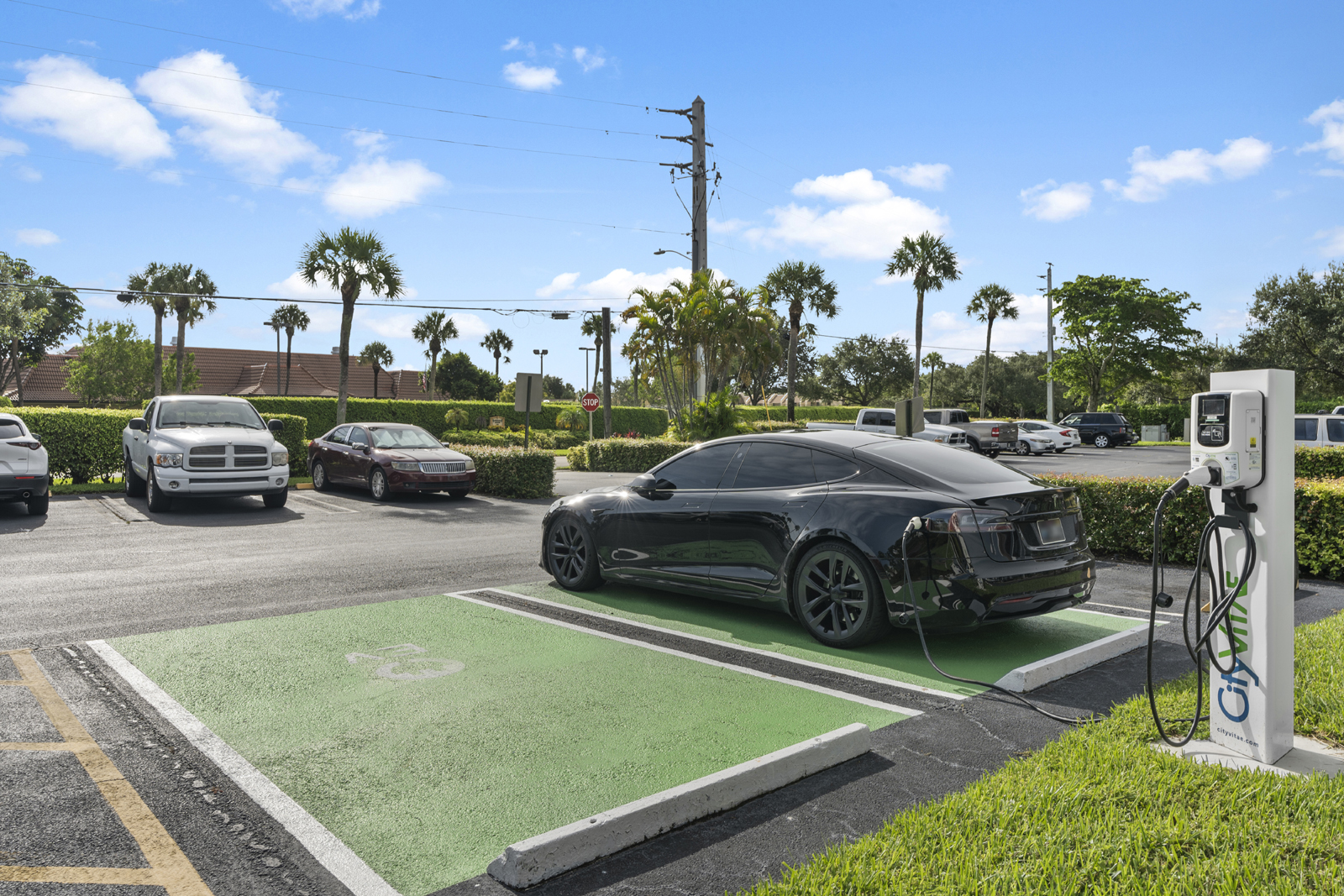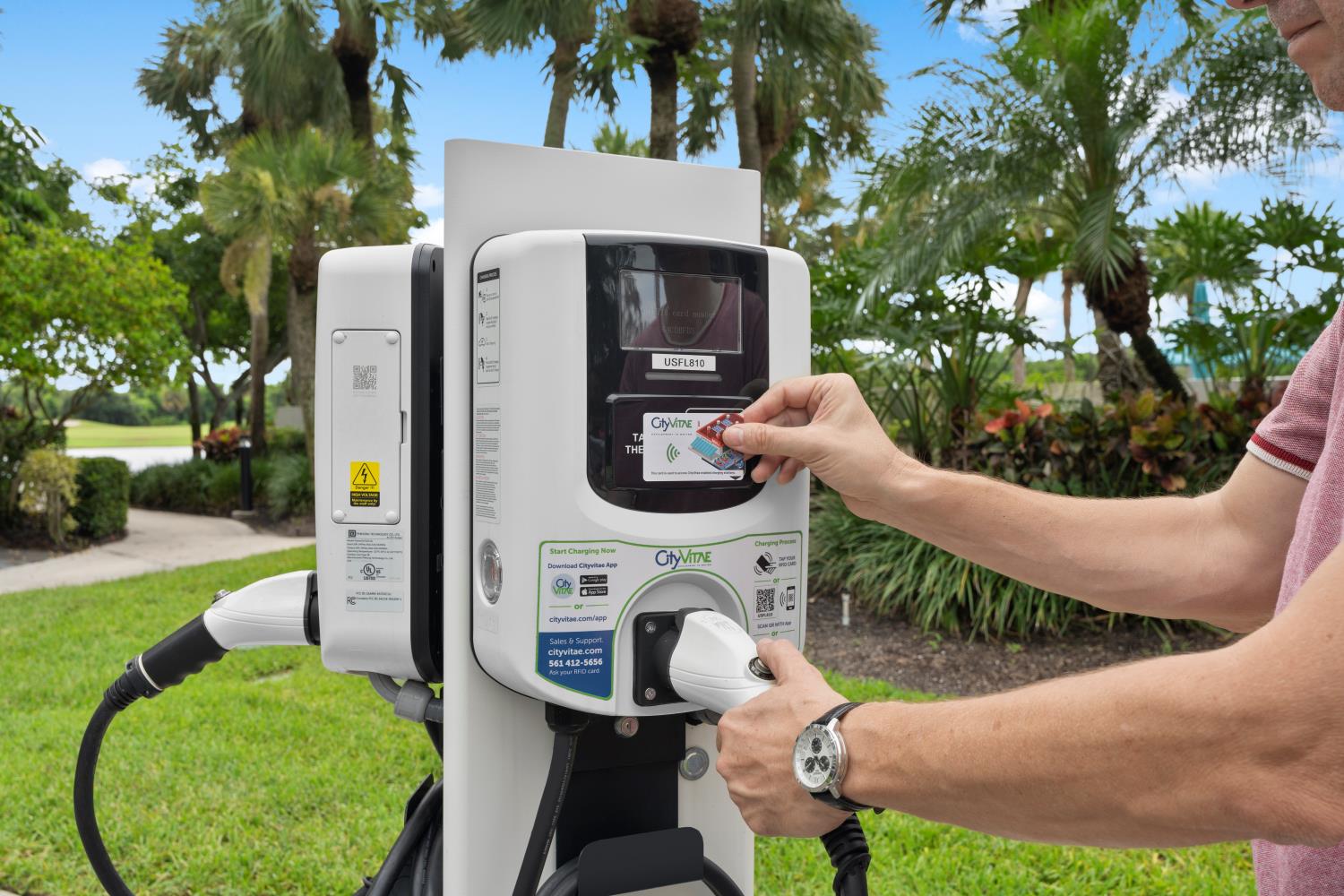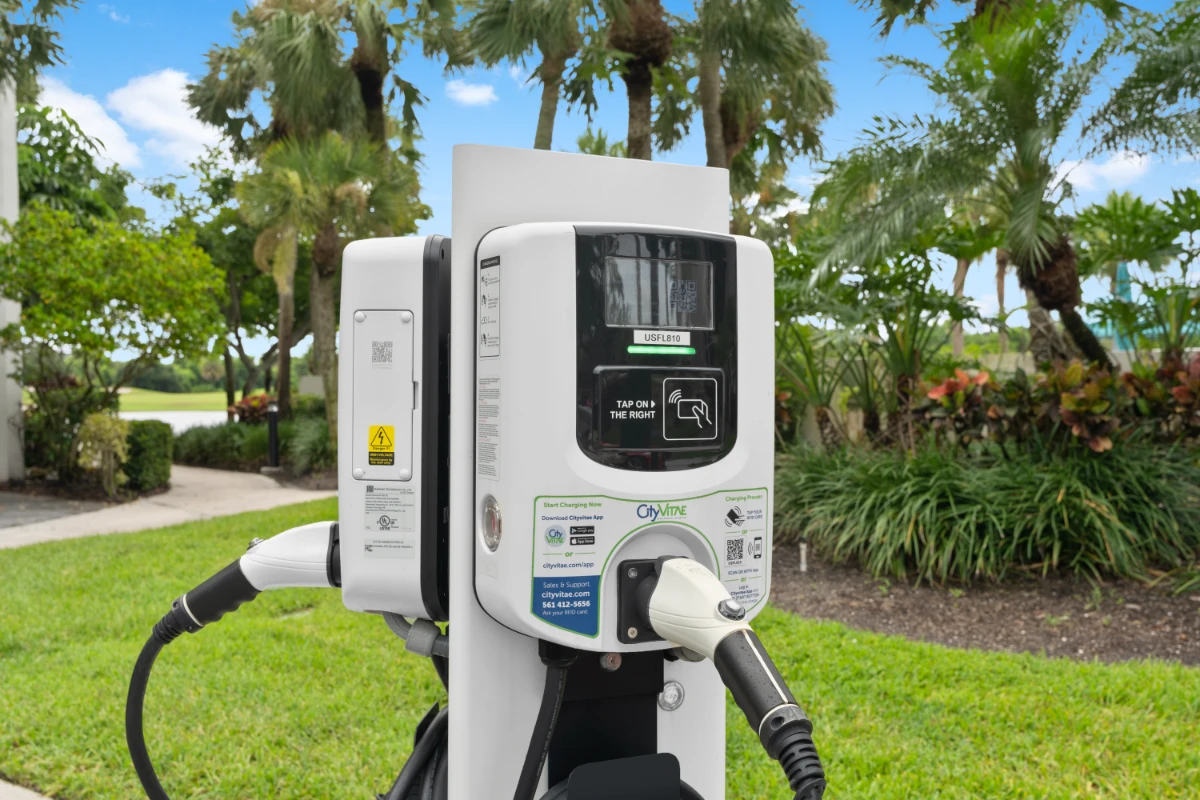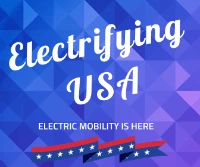Electric vehicles’ energy consumption is typically measured in kilowatt-hours per 100 miles (kWh/100 miles). This measurement is akin to miles per gallon (mpg) in gasoline vehicles. It tells you how many kilowatt-hours of electricity an EV requires to travel 100 miles. Lower kWh/100 miles means higher efficiency, as the vehicle uses less electricity to travel the same distance.
What is kWh (Kilowatt-Hour):
Kilowatt-Hour Explained:
A kilowatt-hour (kWh) is a unit of energy. It represents the amount of energy used if a 1,000-watt appliance runs for one hour. For instance, a 40-watt bulb running for 25 hours consumes 1 kWh of energy (40 watts x 25 hours = 1,000 watt-hours = 1 kWh).
In the Context of EVs:
In electric vehicles, kWh is used to measure the energy capacity of the battery. For example, a 60 kWh battery can deliver 60 kilowatts of power for one hour, or 30 kilowatts for two hours, and so on.
How an Electric Vehicle Charger Works Until the Charge Reaches the Battery:
Connection:
The process begins when you plug the EV charger into the vehicle. EV chargers come in various levels, with Level 1 and Level 2 being the most common for home use, and DC fast chargers used for rapid charging.
Communication:
Once connected, there’s a communication exchange between the car and the charger. The vehicle communicates its current state of charge and how much power it can handle.
Charging Process:
The charger then converts the electrical power from your source (which could be a standard home outlet for Level 1 or a higher voltage for Level 2 and DC fast chargers) into a form that the car’s battery can accept.
Level 1 chargers use a 120-volt AC plug, while Level 2 chargers use a 240-volt plug, similar to what large appliances use. DC fast chargers provide direct current (DC) power directly to the battery, bypassing the car’s onboard charger.
Battery Charging:
The electricity flows into the car’s onboard charger which converts it into the correct voltage and current level to safely charge the battery.
The battery management system (BMS) in the vehicle ensures the battery is charged in a balanced and safe manner, protecting it from overcharging and managing its temperature.
Completion:
Once the battery reaches its full capacity, the charging process automatically stops. The vehicle indicates that charging is complete, and you can unplug the charger.
Understanding the concepts of a kilowatt and a kilowatt-hour is essential for grasping basic electrical terms, especially in the context of electric vehicles and home energy use. Here’s a simple explanation:
What is a Kilowatt?
Definition:
A kilowatt (kW) is a unit of power. It measures the rate at which energy is used or produced.
One kilowatt is equal to 1,000 watts.
Real-World Example:
Think of power (kilowatts) as the speed at which a car (energy) can travel. If a device is rated at 1 kW, it means it uses (or can use) 1,000 watts of power at any instant. For example, a small heater might use 1 kW of power when it’s running.
What is a Kilowatt-Hour?
Definition:
A kilowatt-hour (kWh) is a unit of energy. It measures the amount of energy used over time.
One kilowatt-hour is the amount of energy consumed when a 1,000-watt appliance runs for one hour.
Real-World Example:
Think of energy (kilowatt-hours) as the distance the car (power) travels over a certain time. If you run a 1 kW heater for one hour, it will consume 1 kWh of energy. If you run a 500-watt (0.5 kW) appliance for two hours, it also consumes 1 kWh of energy (0.5 kW x 2 hours = 1 kWh).
Kilowatt vs. Kilowatt-Hour in context:
Kilowatt in daily use:
When you turn on an appliance, the power it draws at any moment is measured in kilowatts. This is like the speedometer in a car showing your speed at a specific moment.
Kilowatt-Hour in billing:
Your electricity bill usually shows how much energy you have consumed in kilowatt-hours. This is like the odometer in a car showing the total distance traveled over a period.
In Electric Vehicles:
The power of an EV’s motor might be expressed in kilowatts (kW), indicating how powerful the motor is. The energy capacity of the EV’s battery is expressed in kilowatt-hours (kWh), indicating how much energy the battery can store and thus how far the car can travel on a full charge.
Consumption and capacities of some of the best-selling electric vehicles in the U.S.
| Electric Vehicle Model | Energy Consumption (kWh/100 miles) |
Battery Capacity (kWh)
|
|
| Tesla Model 3 Long Range AWD | 25 | 82 | |
| Hyundai Ioniq Electric | 26 | 37.8 | |
| Kia Niro EV | 27 | 64.8 | |
| Chevrolet Bolt EV | 26 | 66.9 | |
| Tesla Model Y Long Range AWD | 24 | 75 | |
| Ford Mustang Mach-E Extended Range RWD | 27 | 88.5 | |
| Volkswagen ID.4 AWD | 27 | 82 | |
| Nissan LEAF PLUS | 25 | 62 | |
| Volvo XC40 Recharge Pure Electric | 29 | 78 | |
| Tesla Model X Long Range | 27 | 100 |
Results may vary according to sources
What factors influence the consumption of an electric vehicle?
This is why there are vehicles that consume much more. SUVs (heavier and less aerodynamic than saloons). The new Tesla Cybertruck, for example, weighs 2500 lbs and 42.9 kWh and or the Chevrolet Blazer EV MPGe 35kwh/100 mi.
